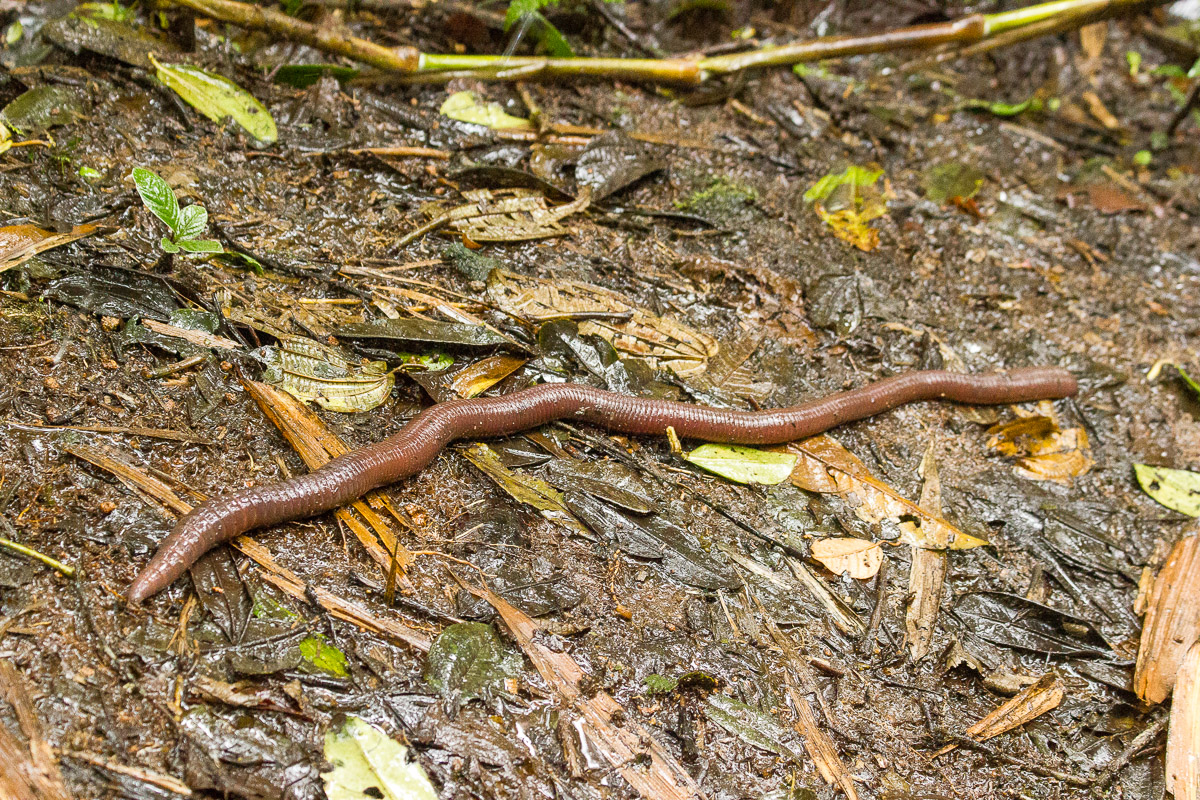

However, in this topic the advances in research on earthworms in Latin America have been sporadic. Indeed, there has been an increase in research interest with regard to agricultural systems, specifically in relation to earthworm ecology and its connection with agricultural systems that are designed to reduce erosion, increase the organic matter content in the soil and ensure the reproduction of micro-and macrofauna. Although a significant amount of research has been conducted on the ecology of earthworms in the natural ecosystems of the region, there are still large geographical areas that lack adequate descriptions of the diversity of the endemic earthworms. By biomass, earthworms are the main macrofauna group in tropical forest soils. In the past 30 years, the tropical forests of Latin America have been exposed to deforestation rates greater than 100,000 ha yr-1 (in the case of Mexico), which will result in the loss of biodiversity of plant species and the micro-and macrofauna of the soil. The study of earthworms in Latin America is crucial for promoting the sustainability of this region. alatus to certain perturbations are key elements to be considered in conservation and management strategies for this species.

The life history, abundance, distribution and resilience of R. The distribution range of the species was expanded from two to 17 counties.

Significant differences in the length and diameter of the body and in the diameter and depth of the aestivation chambers were found between the juveniles and adults. The earthworm’s annual cycle is markedly seasonal, with an aestivation period throughout the driest and coldest season of the year. The Capture Per Unit Effort was 4.4+-5 individuals per 100 metres of transect and 5.6 +-3 individuals per hour. We found that this earthworm is abundant in all of the sampled areas, showing its resilience to land-use conversion. alatus were investigated in Cerrado, pastures and Eucalyptus plantation areas following the harvesting activities of the local extractors of this species.

The life history, distribution and abundance of R. The goal of this study was to gather ecological data about this species, which will support the establishment of management strategies. Rhinodrilus alatus is an endemic giant earthworm of the Brazilian Cerrado hotspot used as live bait for about 80 years.


 0 kommentar(er)
0 kommentar(er)
